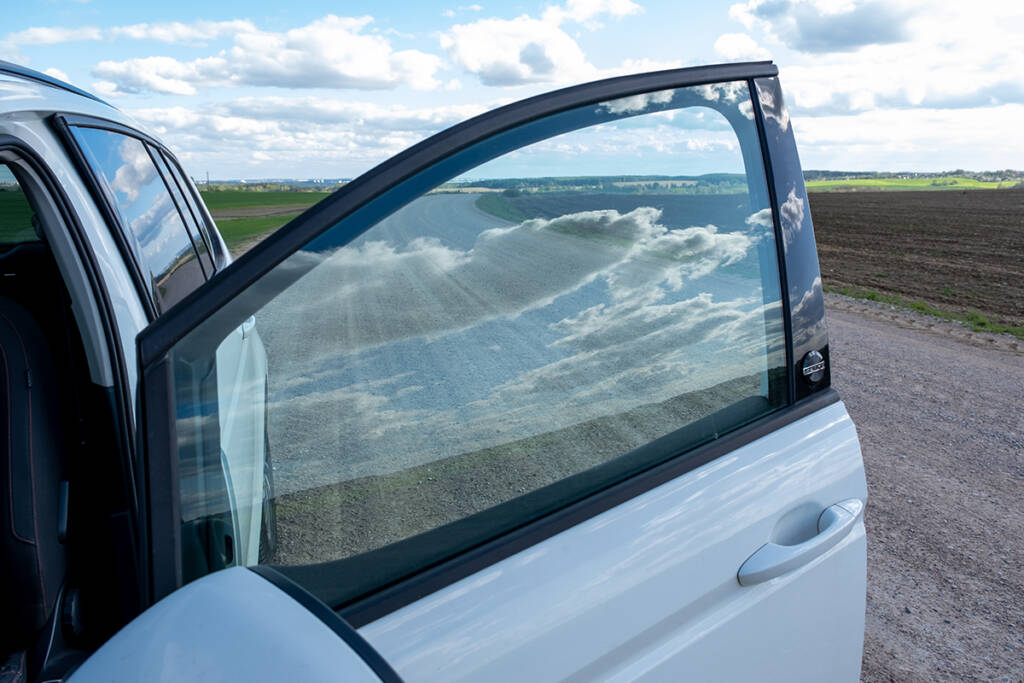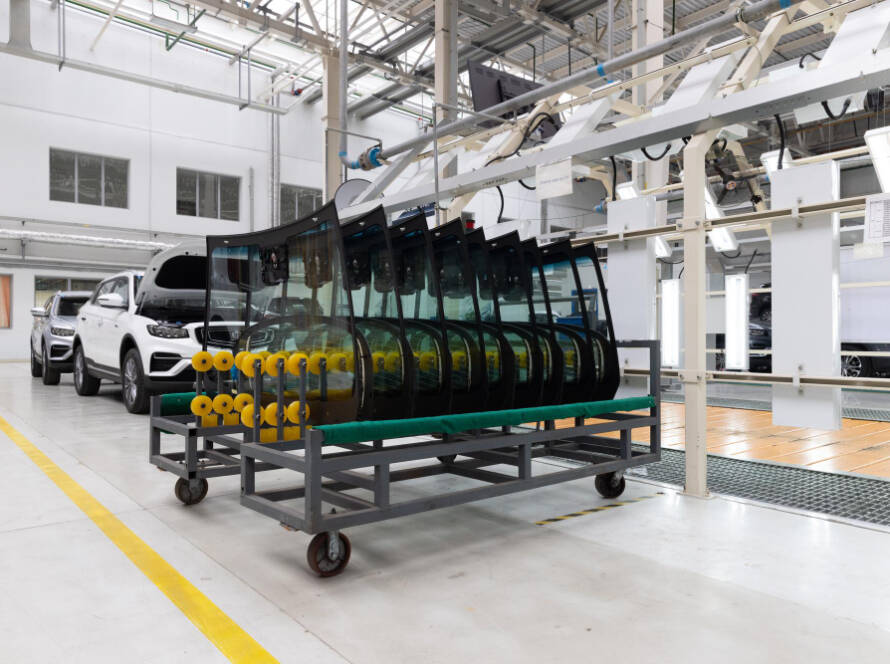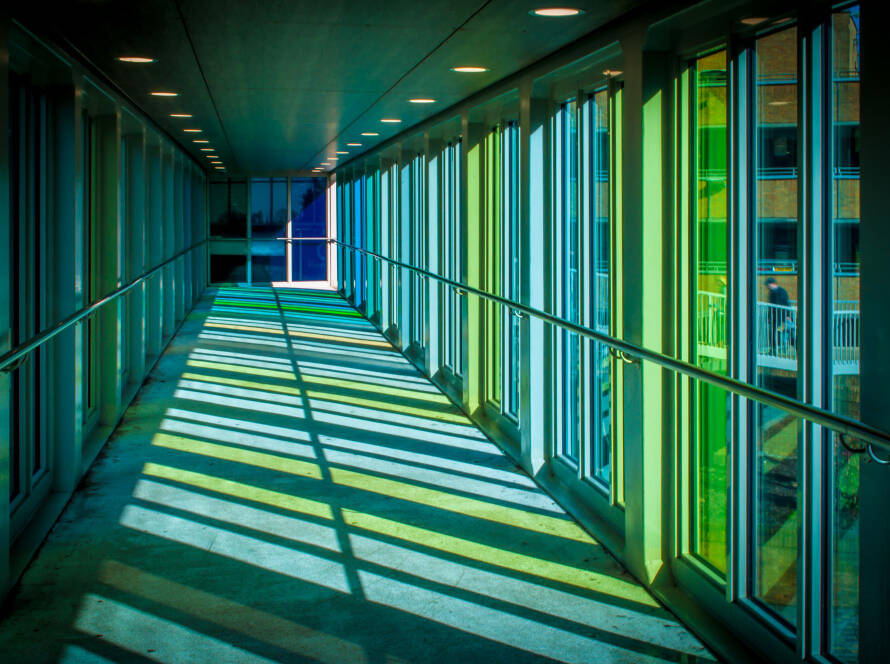The glass used in vehicles plays an important part in the safety of the driver and passengers hence having an understanding on the types of automotive glass that would give better protection along with improved durability and performance is beneficial. The most common automotive glass available are laminated automotive glass and tempered automotive glass. These both have their own advantages and disadvantages which we should consider when choosing the glass for our vehicle. So let’s look at the details of these glasses and the pros and cons that comes with it to get a better understanding of them.
Laminated Automotive Glass

Laminated automotive glass are made of two layers of glass bonded together with a thin layer of polyvinyl butyral (PVB) creating a thicker glass for the window. So obviously laminated glass enhances safety and durability making it the most popular option for windshield. As the glass is sturdy it does not shatter easily, protecting from break-ins also the driver and passengers in case of an impact
Advantages of Laminated Glass:
- Enhanced Safety: Laminated glass remains intact during collision thus reducing the risk of shattering and preventing ejection from the vehicle.
- Sound Insulation: The PVB layer helps reduce noise, enabling a quieter and more comfortable driving experience.
- UV Protection: Laminated glass blocks up to 99% of harmful UV rays, protecting passengers and the interior of the vehicle from fading.
- Improved Security: Laminated glass is more difficult to break providing extra layer of protection against theft and vandalism.
Disadvantages of Laminated Glass:
- Higher Cost: Laminated glass is generally more expensive than tempered glass due to its complex manufacturing process.
- Difficult Repairs: If severely damaged, laminated glass usually requires full replacement.
Tempered Automotive Glass

Tempered glass is made by cutting and shaping regular glass, heating it to high temperatures (600-700°C), and then rapidly cooling it with high-pressure air blasts to increase its strength and safety. When broken, it shatters into small, less harmful pieces, reducing the risk of injury. It’s most commonly used for side and rear windows in vehicles.
Advantages of Tempered Glass:
- Increased Strength: Tempered glass is up to five times stronger than regular glass, making it highly resistant to impact.
- Shatter-Resistant: When broken, tempered glass crumbles into small, dull-edged pieces, reducing the risk of serious injury.
- Cost-Effective: Tempered glass is generally more affordable than laminated glass.
- Quick Replacement: In case of breakage, tempered glass is easier and quicker to replace.
Disadvantages of Tempered Glass:
- Shatters Completely: Unlike laminated glass, tempered glass breaks entirely when impacted, hence require full glass replacement.
- No UV Protection: Tempered glass does not provide significant UV protection like laminated glass.
- Less Sound Insulation: Does not reduce noise as effectively as laminated glass.
Which is best for Your Vehicle?

The choice between laminated vs. tempered automotive glass depends on where the glass is being used in your vehicle. Laminated glass, known for its safety benefits is commonly used in windshields while side and rear windows often utilize tempered glass for its strength and breakage pattern.
Conclusion: Choose Quality Automotive Glass with TPRS glass solutions
Whether your requirement is laminated automotive glass for enhanced safety or tempered automotive glass for durability, our products assure the best performance and protection for your vehicle. With a commitment to excellence and innovation, our automotive glasses are engineered to meet the industry safety and durability standards. We use cutting-edge
Check out our other blog to learn more about the Automotive Glass





